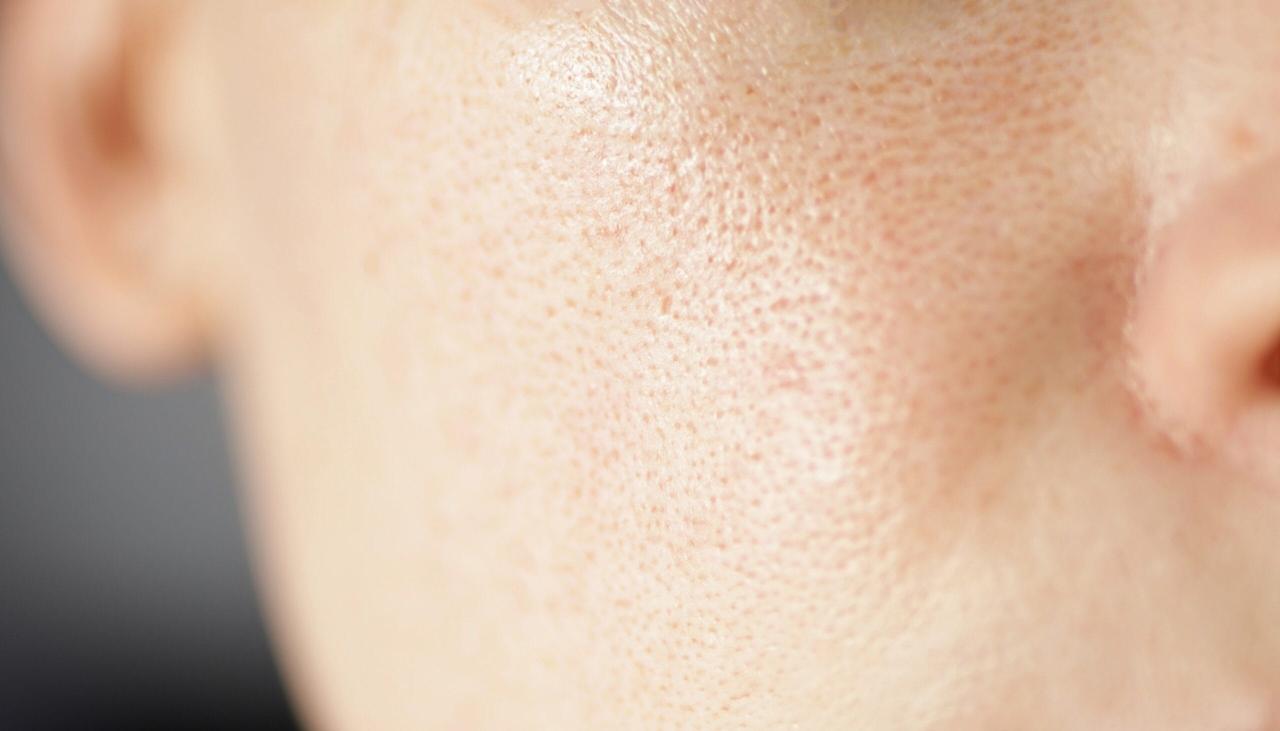Does cleansing oil clog pores or cause breakouts? That’s the million-dollar question, or at least the million-tiny-pimple question, plaguing many a skincare enthusiast. The truth, my friends, is far more nuanced than a simple yes or no. We’ll delve into the fascinating world of cleansing oils, exploring their diverse compositions, how they actually work their magic (or mischief!), and ultimately, help you determine if this controversial cleanser is a friend or foe to your complexion.
This isn’t just about avoiding breakouts; it’s about understanding the science behind oil-based cleansing and how it interacts with different skin types. We’ll dissect the myths surrounding pore-clogging and uncover the secrets to incorporating cleansing oil into your routine without sacrificing your clear complexion. Get ready for a deep dive into the oily depths of skincare!
Understanding Cleansing Oils: The Good Oil, The Bad Oil, and the Ugly Truth
Let’s dive headfirst into the fascinating (and sometimes confusing) world of cleansing oils. Are they pore-clogging villains or skincare superheroes? The answer, as with most things in life, is a bit more nuanced than a simple yes or no. This exploration will unravel the mysteries of cleansing oils, separating fact from fiction and helping you choose the right oil for your unique skin.
Cleansing Oil Composition and Mechanisms, Does cleansing oil clog pores or cause breakouts
Cleansing oils are, unsurprisingly, primarily composed of oils. However, the type of oil significantly impacts its properties. Mineral oils, derived from petroleum, are often inexpensive and have a smooth texture. Plant-based oils, on the other hand, boast a wider array of potential benefits, including antioxidants and fatty acids, depending on the source (e.g., jojoba, argan, rosehip). The magic of cleansing oils lies in their ability to dissolve oil-based impurities like makeup and sebum.
“Like dissolves like,” as the chemistry adage goes. The oil in the cleanser attracts and encapsulates these impurities, allowing for easy removal with water or a warm cloth.
Comparing Cleansing Oil Comedogenicity
Comedogenicity refers to a substance’s potential to clog pores. While the idea that “oil clogs pores” is a common misconception, the truth is more complex. Some oils are more comedogenic than others. For example, mineral oil often sits higher on the comedogenicity scale compared to many plant-based oils like jojoba, which closely mimics our skin’s natural sebum and is often considered non-comedogenic.
| Ingredient | Comedogenicity Rating (Scale: 0-5, 5 being most comedogenic) | Potential to Clog Pores | Notes |
|---|---|---|---|
| Mineral Oil | 3-4 | Moderate to High | Can be heavy and occlusive |
| Jojoba Oil | 0-1 | Low | Mimics sebum, often non-comedogenic |
| Argan Oil | 1-2 | Low to Moderate | Rich in antioxidants and fatty acids |
| Coconut Oil | 4 | High | Can be comedogenic for some |
Pore Clogging and Breakouts: Unmasking the Culprits
Pore clogging is a key player in acne formation. When excess sebum, dead skin cells, and other debris accumulate within pores, they can become blocked. This creates a perfect environment for bacteria to thrive, leading to inflammation and breakouts. Different skin types exhibit varying sensitivities to oils. Oily skin, with its already heightened sebum production, might be more prone to breakouts with certain oils, while dry skin might benefit from the moisturizing properties of oils without experiencing adverse effects.
Sebum Production and its Interaction with Cleansing Oils
Sebum production plays a crucial role in pore clogging. While cleansing oils can remove excess sebum, it’s crucial to select oils that don’t excessively stimulate sebum production. Over-cleansing, on the other hand, can trigger a compensatory increase in sebum production. A balanced approach is key.
- Genetics
- Hormonal fluctuations
- Diet
- Stress
- Certain medications
- Improper skincare practices
Cleansing Oils and Different Skin Types: A Personalized Approach
The ideal cleansing oil varies depending on individual skin needs. Oily skin might benefit from lighter, non-comedogenic oils like jojoba or grapeseed oil. Dry skin can embrace richer oils such as argan or rosehip oil. Combination skin might require a tailored approach, using different oils for different areas of the face. Sensitive skin should opt for hypoallergenic and fragrance-free options.
| Skin Type | Recommended Cleansing Oil | Considerations |
|---|---|---|
| Oily | Jojoba oil, grapeseed oil | Light texture, non-comedogenic |
| Dry | Argan oil, rosehip oil | Rich in fatty acids, moisturizing |
| Combination | Jojoba oil, a blend of oils | Tailor to specific areas |
| Sensitive | Hypoallergenic options, fragrance-free | Avoid potential irritants |
Proper Cleansing Oil Application
To effectively remove makeup and cleanse pores, apply a generous amount of cleansing oil to dry skin, gently massaging it in circular motions. Add a little water to emulsify the oil, creating a milky consistency. Rinse thoroughly with lukewarm water. Pat your skin dry with a soft towel.
Addressing Concerns: Cleansing Oils and Acne: Does Cleansing Oil Clog Pores Or Cause Breakouts
The notion that all oils clog pores is a significant misconception. The key is choosing the right oil and employing proper cleansing techniques. Thorough rinsing is crucial to prevent residual oil from clogging pores. For acne-prone skin, non-comedogenic oils, coupled with a consistent skincare routine, can be beneficial in removing makeup and excess sebum without exacerbating breakouts.
Step-by-Step Guide to Incorporating Cleansing Oil into Your Routine

- Choose a non-comedogenic cleansing oil suited to your skin type.
- Apply to dry skin, massaging gently.
- Add water to emulsify.
- Rinse thoroughly.
- Follow with a lightweight moisturizer.
- Monitor your skin’s reaction and adjust accordingly.
Alternatives and Complementary Products: Expanding Your Skincare Arsenal
Cleansing oils aren’t the only cleansing game in town. Foaming cleansers, micellar water, and balms offer alternative cleansing methods. However, cleansing oils excel at dissolving makeup and sebum. Combining cleansing oil with other products can further enhance its effectiveness and address specific concerns. A clarifying toner can help remove any lingering impurities, while spot treatments can target active breakouts.
Sample Skincare Routine with Cleansing Oil

A sample skincare routine might look like this: Start with a cleansing oil for makeup removal and deep cleansing. Follow with a gentle, alcohol-free toner to balance the skin’s pH. Then, apply a lightweight serum targeting specific concerns (e.g., hydration, brightening). Finally, finish with a moisturizer appropriate for your skin type. For acne-prone skin, incorporating a spot treatment for blemishes can be beneficial.
Conclusion
So, does cleansing oil clog pores or cause breakouts? The answer, as we’ve discovered, is a resounding “it depends!” The type of oil, your skin type, and your cleansing technique all play crucial roles. Armed with this knowledge, you can confidently navigate the world of cleansing oils, choosing the right product and method to achieve a radiant, breakout-free complexion.
Remember, a little knowledge can go a long way in your skincare journey – and a little oil might just be the secret ingredient you’ve been missing!
